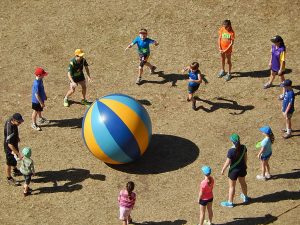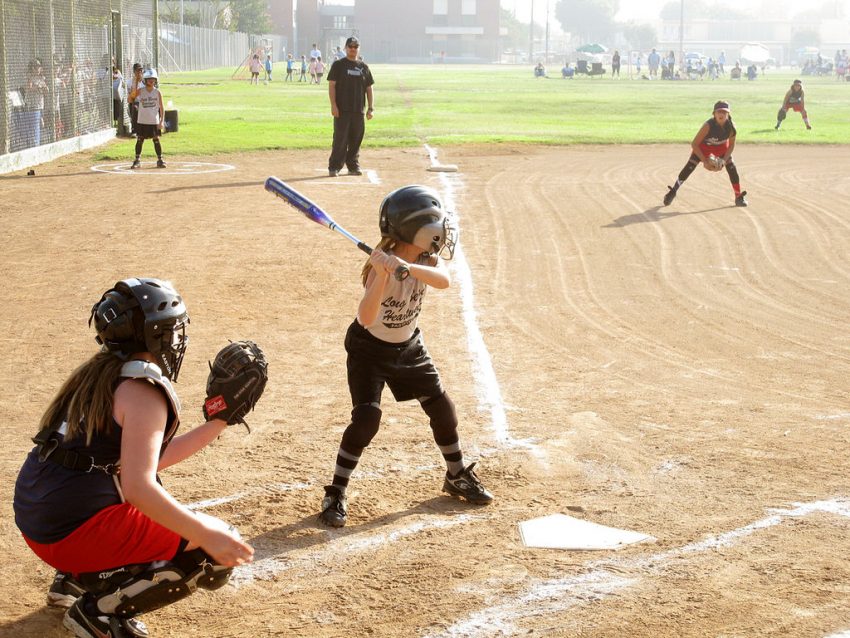Children need to burn off their energy, and the best way to do that is by doing sports. If you want your child to have a head start on a healthy lifestyle and fitness, you might consider enrolling them in a sport, and the options are practically limitless. Not all sports activities are suitable for all ages, so here is a breakdown of age-appropriate sports for young kids. Even though there are no strict rules, some sports which are appropriate for a 9-year-old might not be for your toddler, and vice versa.

Ages 2 to 5
This age is best for unstructured free play. Toddlers and preschoolers have mastered basic movements but are still too young to participate in most organized sports, and they might not get any long-term benefits from engaging in such activities.
Unstructured play, such as dancing, running, catching, throwing, tumbling and swimming, is what works best for this age. This does not mean, of course, that if your 4-year-old is showing interest in baseball, you should discourage it. You should, however, make sure that the environment is suitable for his age. You can contact your local club and ask about their recommendation for the starting age. But, since there is no rush, your little baseball fan will be just as happy playing catch with dad in the backyard until he is old enough to join a team.
Ages 6 to 9
Children of this age can concentrate for longer periods of time, have longer attention spans, and their vision and transitional skills have improved. What is even more important is that now they are able to follow directions better, which is why they can participate in organized activities, and this is the age when they can take up almost any sport. You can consider football (teaches foot coordination and endurance), martial arts (promote coordination, respect and focus), gymnastics (teaches strength and balance), running (develops endurance), tennis (develops accuracy and arm strength), swimming (teaches breath control and paying attention to proper form), softball or baseball (helps with focus, attention and the development of hand-eye coordination), rugby (encourages teamwork and giving a personal contribution), figure skating (teaches perseverance and grace) and wrestling (teaches self-defense strategies and using the opponent’s weakness to one’s advantage).

Ages 10+
Children who are ten and older have good balance coordination, mature vision and the ability to understand sports strategies and recall them. They are usually ready for more complex sports, such as hockey (teaches quick thinking and decision-making skills), basketball (develops body control in a fast-paced game), archery (improves self-control, patience, and aim), volleyball (fosters communication and teamwork), golf (develops strategy and depth perception). You should keep in mind that children of this age go through growth spurts throughout puberty, which can temporarily affect their balance and coordination.
The most important thing is to remember that whichever sport you choose, you should take into account your child’s interests, abilities, and maturity. When asked why they want to play sports, kids will usually say “Because I want to have fun!”, so it is important to choose a sport that they will enjoy. You should also keep in mind that kids can change their interests as they grow, so they can have their heart set on one activity one year but switch to another by the next. You should be positive, encouraging and praise them for their efforts whatever age they are.

